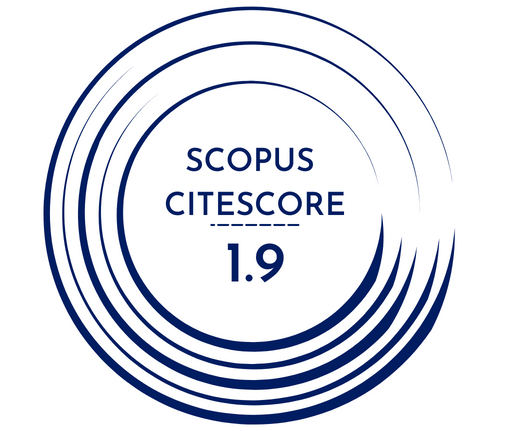Background: This research is focused on evaluating the influence of administering cinepazide maleate and edaravone together on cerebral blood flow and neurofunctional markers in individuals who have recently suffered from an acute ischemic stroke (AIS).
Methods: Included in this retrospective investigation were 100 patients diagnosed with AIS and treated at our medical center between the period of December 2022 and December 2023. These individuals were subsequently segregated into 2 cohorts according to the different treatments they received, consisting of 50 patients each, referred to as the control group and the observation group. Upon admission, standard treatment was initiated for all patients, alongside additional edaravone therapy for the control group, and concurrent administration of cinepazide maleate and edaravone for the observation group, for a consecutive period of 14 days. The study involved the assessment of cerebral blood flow in the middle cerebral artery (MCA) and anterior cerebral artery (ACA), in addition to the evaluation of neurofunctional markers, serum inflammatory factors, activities of daily living (ADL) scores, and National Institutes of Health Stroke Scale (NIHSS) scores. Adverse reactions were closely monitored to determine the treatment’s efficacy.
Results: Subsequent to the treatment, augmented blood flow velocities were observed in both the
MCA and ACA for both groups, particularly evident in the observation group. The observation group
also demonstrated raised levels of nerve growth factor and lower levels of neuron-specific enolase
and S100-β, with more notable differences when contrasted with the control group. Additionally,
the observation group displayed reduced levels of tumor necrosis factor-alpha and monocyte
chemoattractant protein-1, and elevated levels of interleukin-10 (IL-10), with more substantial
variations as opposed to the control group. Furthermore, the observation group indicated enhanced
ADL scores and diminished NIHSS scores, with more notable differences compared to the control group. The overall treatment effectiveness reached 94.00% in the observation group, markedly surpassing the 74.00% achieved in the control group.
Conclusion: The concurrent application of cinepazide maleate and edaravone yields notable effects on cerebral blood flow and contributes to the improvement of neurofunctional capabilities in individuals dealing with AIS.
Cite this article as: Tian D, Luo C, Zou Y. The effects of cinepazide maleate in conjunction with edaravone on cerebral blood flow and neurofunctional parameters in individuals with acute ischemic stroke. Psychiatry Clin Psychopharmacol. Published online April 16, 2025. doi: 10.5152/pcp.2025.24987

.jpg)

.png)